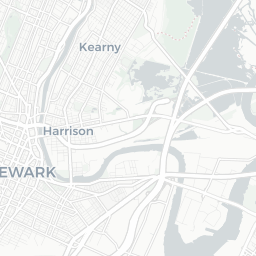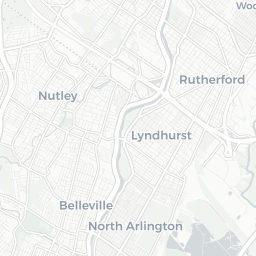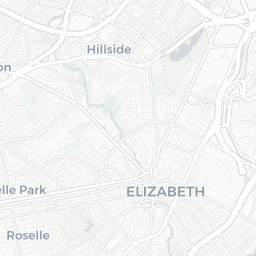David's Participation in Activist Groups
Introduction
The period that David spent in New York - following his graduation from Lafayette and preceding his death in 1893 - was extremely significant to American history. Slavery was still legal when David graduated from Lafayette, although a significant percentage of Northern black people were already free. We believe that David, due to his connections to churches that participated in the Underground Railroad, aided - at least through philathropic means - the abolition movement. Following the Civil War which abolished slavery, many black institutions, especially in the North, shifted their focus to securing civil rights for African Americans. The documentation below demonstrates David's strong affiliation to many black activist groups. He was especially active at "colored coventions" that allowed black people to come together to strategize and organize around issues such as labor rights, education, and political representation.
David's story powerfully demonstrates the rich history of black advocacy and organization in the United States; a history which is often hidden by the propogation of the stereotype that black people are lazy and unorganized.
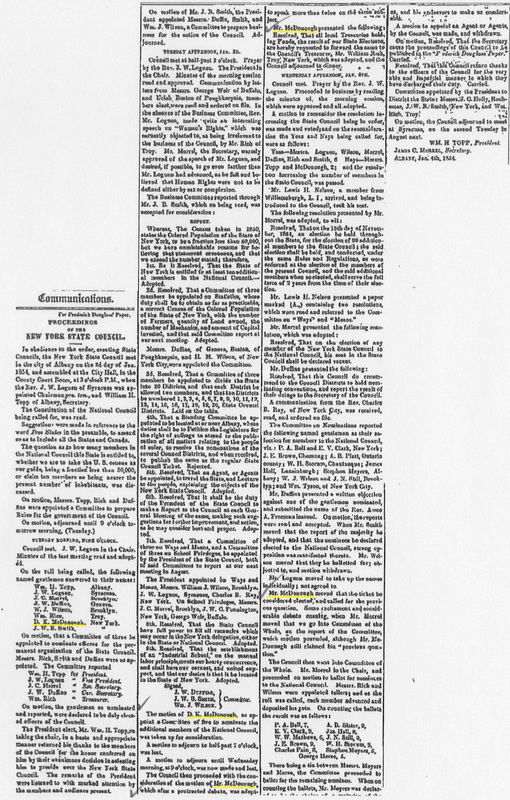
David McDonogh was an active member of the New York State Council of Colored People in 1854, based on evidence from the news article above and confirmed by the written minutes of the same conference. It is evident that this council was highly organized and was primarily concerned with matters of the representation of black people. McDonogh contributed frequently at this conference in January of 1854 - namely by suggesting the formation of a nominating commitee.
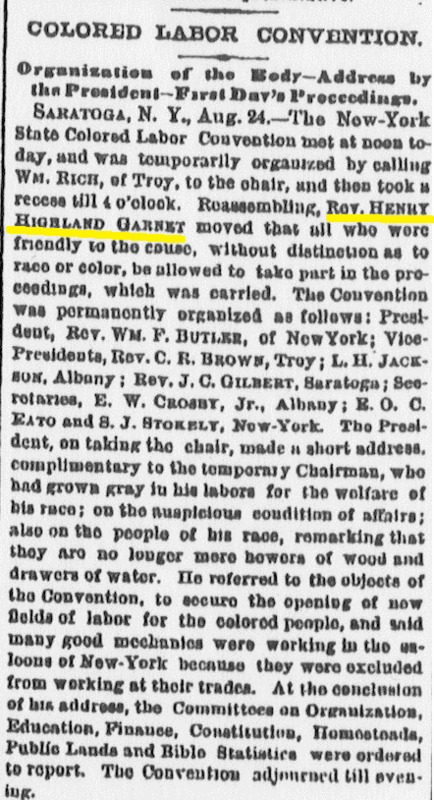
David McDonogh attended the New York State Colored Labor Convention in Saratoga, NY on August 24 of 1870. David's presummed collegue and fellow activist, Henry Highland Garnet, opened the meeting. Around this time, many other black Americans were mobilizing to form African American labor organizations because they were barred from joining white Unions. The opening remarks of this meeting alude to this need for black representation and advocacy in the labor force because, for example, "many good mechanics... were being exlcuded from their trade."
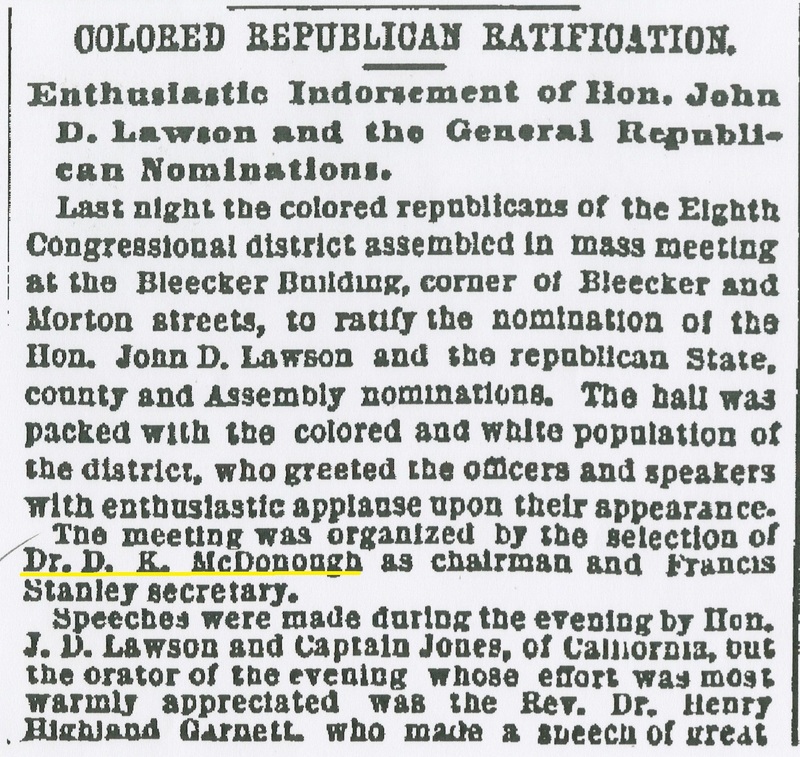
David organized and was the chairman of this meeting of this 1874 meeting of the New York Colored Republicans, located in today's Greenwich Village, to ratify the Honarary John D. Lawson and other Republican nominations. Henry Highland Garnett also gave a speech at this event which was warmly received. At the time of this assembly, most African Americans supported the Republican party because it was founded upon progressive and anti-slavery ideals.
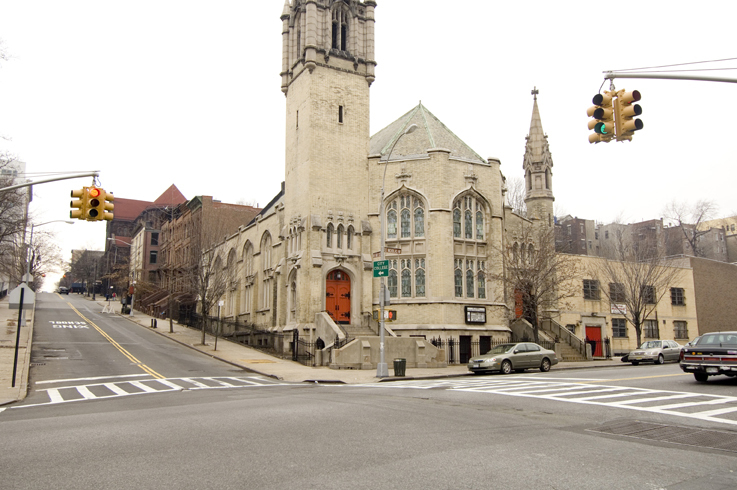
The memorial service for Garett Smith, a prominent abolitionist and activist, was held at Shiloh Presbyterian Church (pictured in its current location above) in January of 1875. Both David McDonogh and Henry Highland Garnet were in attendance. Shiloh Presbyterian played a significant role in the Underground Railroad and served as a space for the communal of black citizens and activists.
Henry Highland Garnet
Henry Highland Garnett (1815-1882) was a clergyman and abolitionist. An active member of the American and Foreign Anti-Slavery Society in New York, he harbored fugitive slaves and supported the free produce movement, which advocated for the boycotting of all products made by slave labor. In 1843, Garnett urged slaves across the country to advocate for their freedom through violent means, a proposition that was opposed by many abolitionists, among those Frederick Douglass, for its militant nature. At multiple times throughout his life, Henry Highland Ganett served as the minister of Shiloh Presbyterian Church and spoke at the funeral service for Garett Smith where David Mcdonogh was in attendance.
Garnet also lead and participated in the New York State Council of Colored People and the Colored Labor convention and spoke at the Colored Republican meeting which McDonogh organized. Based on the evidence of their frequent interactions, we presume that Garnet and McDonogh had, at least, a working relationship in activist movements.
Churches to which McDonogh Donated
Below is map of the churches to which David McDonogh donated, both during his live and after his death through his will. The churches were involved in the abolitionist and activist movements. All the churches, with the acception of Plane Street Presbyterian Church (a church close to where Mcdonogh lived) were located in lower Manhattan. The map indicates that African American communities, in the early 19th century to the early 20th century, lived primarily in this area of Manhattan. During the mid 20th century the communites moved north to Harlem and many of these churches relocated along with them.
